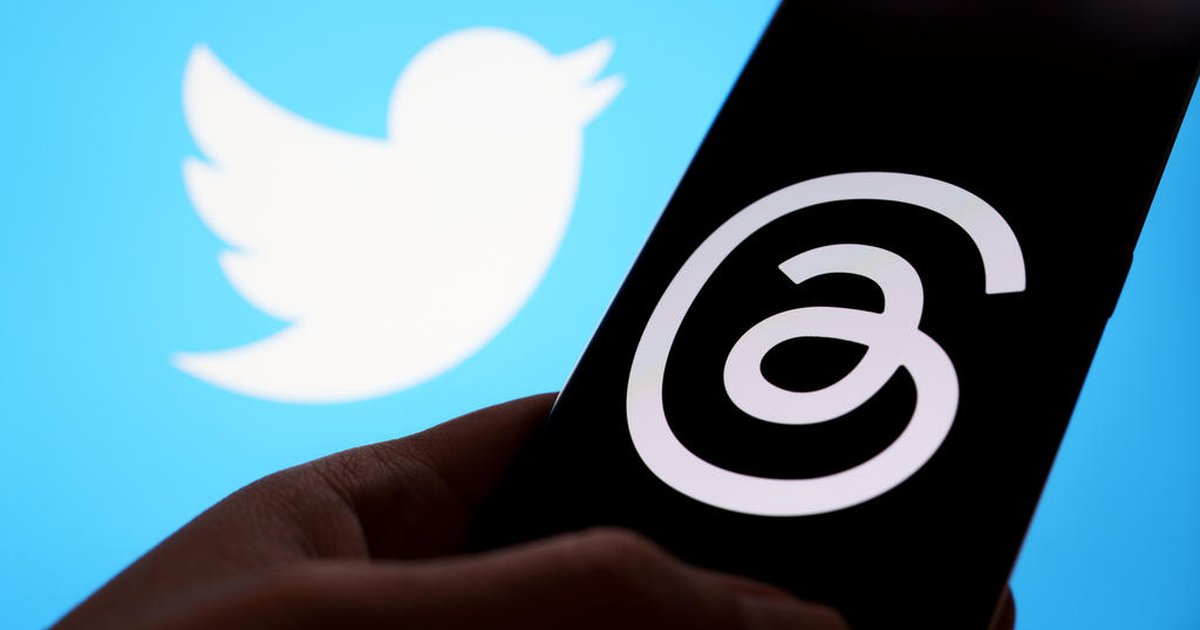Ads
The Northern Lights, also known as the Aurora Borealis, have been gracing the skies over the United States more frequently in recent days. This spectacular natural phenomenon has captured the attention and wonder of people all across the country. But what is causing this increase in visibility of the Northern Lights? Astronomers have pointed to the current state of the sun as a key factor.
The sun operates on an 11-year cycle, during which it goes through periods of high and low activity. At the peak of this cycle, known as solar maximum, the sun’s magnetic poles flip and it becomes more active and turbulent. This increased activity results in the occurrence of phenomena like solar flares and eruptions. The 25th 11-year cycle since 1755 began in 2019 and is expected to reach its climax next year. Scientists predict that the conditions that have led to the recent surge in Northern Lights sightings will persist for several more months.
One of the recent events that contributed to the heightened visibility of the Northern Lights was a large sunspot eruption on October 8th. This eruption sent ions hurtling towards Earth, where they interacted with our planet’s atmosphere. Solar wind, which consists of charged particles emitted by the sun, played a key role in creating the mesmerizing auroras that lit up the night sky.
When these charged particles collide with the gases in Earth’s atmosphere near the magnetic poles, they produce the stunning light displays that we know as the Northern Lights. The collision of light at different wavelengths results in colorful, flashing patterns that dance across the sky. During periods of high solar activity, such as during solar maximum, the increased number of sunspots leads to more Coronal Mass Ejections reaching Earth. This, in turn, leads to a greater frequency and intensity of auroras, particularly in the northern hemisphere around the Arctic Circle.
While the majority of Northern Lights activity occurs in regions near the Arctic Circle, during peak solar activity, sightings can occur further south. Experts anticipate that as the sun continues to display high levels of activity and sunspots, additional Coronal Mass Ejections will reach Earth in the months to come. This means that more people across the United States and even further south may have the opportunity to witness this dazzling natural light show.
For the best chance of spotting the Northern Lights, it’s recommended to be in a dark location, away from artificial light pollution, and in a clear, cloud-free area. Patience is key when trying to catch a glimpse of this breathtaking phenomenon, as the timing and intensity of the auroras can be unpredictable. By keeping an eye on solar activity forecasts and being in the right place at the right time, you can increase your chances of witnessing the awe-inspiring beauty of the Northern Lights.








